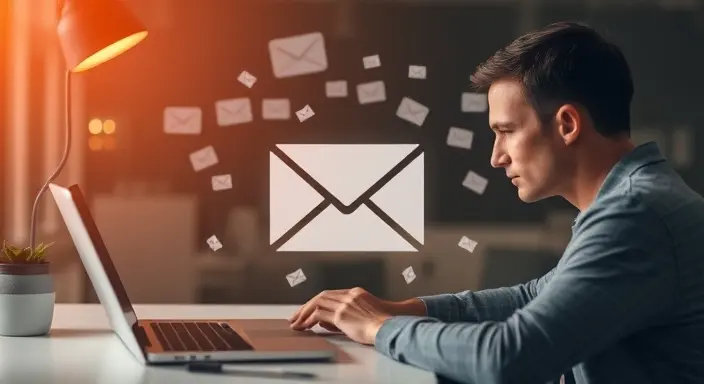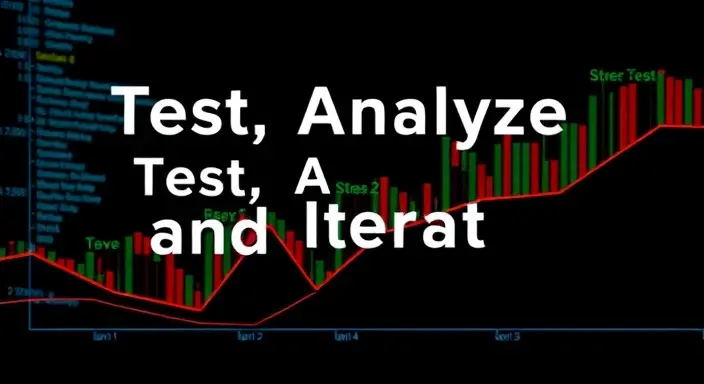Table of Contents
Introduction
It’s a cliche that goes, better luck than good in the field of best time to send email marketing the truth of this actually translates to reality. Timing of the emails can have a great impact on the way people will open your emails, engage with the content, and even convert. On the other hand, random emails may be ignored or worse they may be irritating the audience, and lead to users deleting themselves. In this blog post, you will learn when it is email marketing as well as seven proven strategies for email timing.

1. Understanding Entertainment Consumption Habits of Your Audience
He also says: “To know when to send the email marketing, you have to know who you are mailing”. What are their day to day activities? When are they most likely to log in to whatever system you are using to check their emails?
Actionable Tip: While planning for a new campaign, perform latest surveys or look into details of prior campaign and try to find out what actually works with the audience in case of emails and communications. Make a sent calendar for your campaigns based on your biggest open and click through rates.
2. Try Out Days
It has been observed, that depending on the day of the week, different levels of engagement can be elicited through emails. The open rate studies frequently reveal that particular days, such as Tuesday and Thursday, perform better.
Why It Matters: It is common to check email, for instance, at the start of the week and there may be diversion towards the weekend.
Actionable Tip: This involves sending similar emails to ensure that the new changes affect half of the readers as the first half receives similar emails sent several days before. Conduct a data analysis report that will be able to determine the best days that is favorable for your audience.

3. Leverage Time Zones
Whenever your audience is split across multiple regions that may be experiencing different times, this is something you should consider when sending your emails. Some strategies that may be used in one segment may not be used for another segment.
Key Strategy: Divide the list by geolocation and mail them when it’s appropriate for their particular time zone.
Example: If you’re sending an email to a set of subscribers within New York & California, ensure that you send at their prime time.
4. Use Data collected from Previous Campaigns
This information is easily available based on your past email campaign marketing, and you have to decide what’s the best time to email the market. Analyze the performance of your previous emails and discover trends and patterns there.
What to Look For: Check for the open rates, the click through rates and the conversion rates to determine time when the audience is most active.
Actionable Tip: Utilize the campaign performance analytics that are available for use from various firms like the Mailchimp.

5. Think About The Kind Of Email Campaign
The type of email campaign that you are undertaking can also dictate the right time to do so. Some promotional emails may be best received during business hours while newsletters will be more effective in evening and weekends when people have more time to go through them.
Example: An announcement of a limited offer might be more effective delivered on a working week’s early morning while the latest posts on lifestyle blog might be shared on a weekend.
6. Monitor Industry Trends
And, also try to monitor the standards and trends of the business category for e-mail marketing. Some works address the issue of timing by pointing to everyday send times using the performance of industries.
Actionable Tip: Some examples which can work are HubSpot or Mailchimp, which periodically release reports on e-mail marketing industries. You can utilize the above resources to change your tactics regarding timing as expounded below.

7. Test, Analyze, and Iterate
The best approach to knowing the best time to send mailchimp pricing is to try and test constantly. Some of the things you think would help your online business today may not be relevant in the next six months hence the need to keep adapting.
Key Practice: Create some schedule for a normal testing of send times. Try using A/B testing when it comes to timings and see which of them works best by assessing the results afterwards.
Conclusion
There is a simple rule to find the best time to send the e-mail marketing – there is no set of rules as such. It entails knowledge of your viewers, trial and testing as well as reviewing prior advertising efforts. By applying these seven best practices you increase your chances to reach the right audience at precisely the right time, resulting in substantially higher levels of interaction and conversions. However, remember that the success of the e-mail marketing does not only rely with the content of the email, but also with the time when the email was sent. If you use these strategies today, you will see your email marketing campaigns on the right track!








